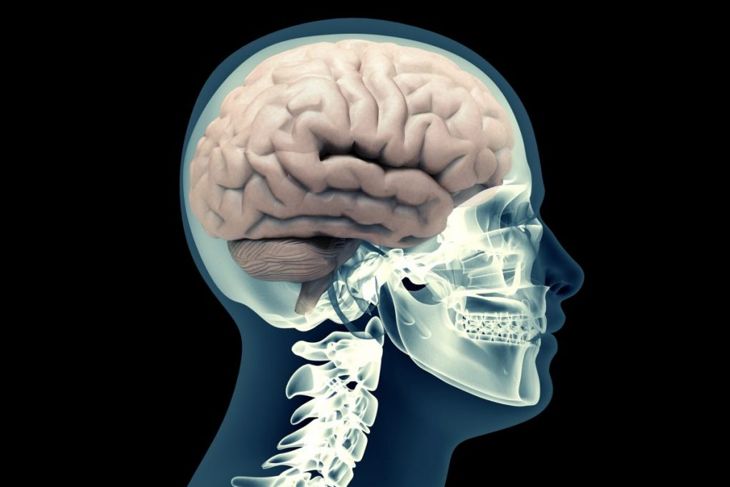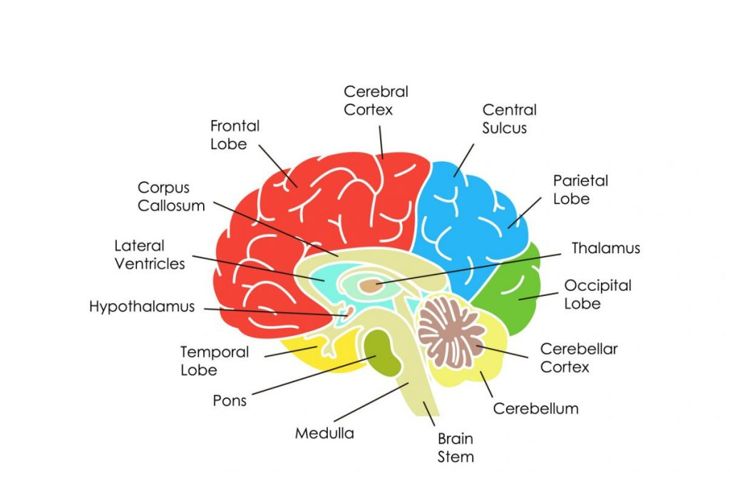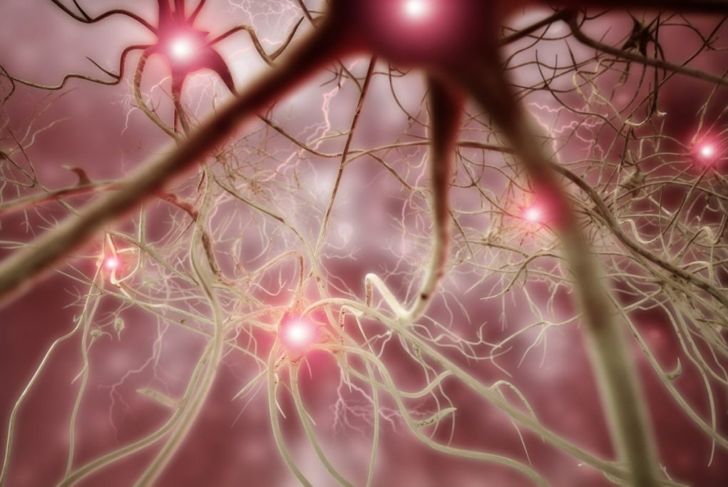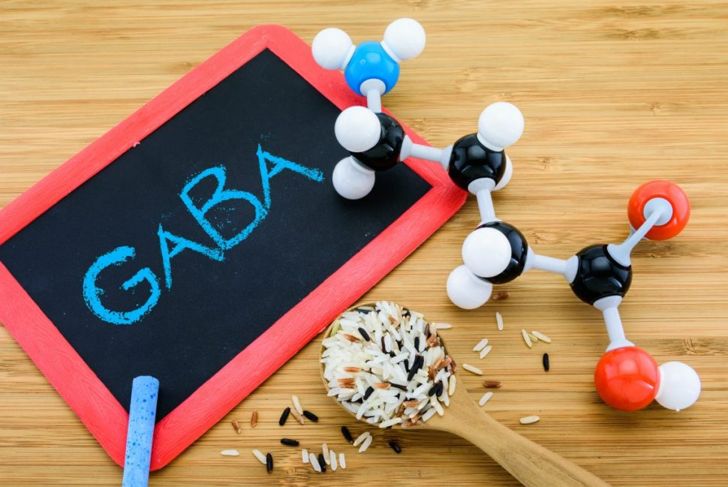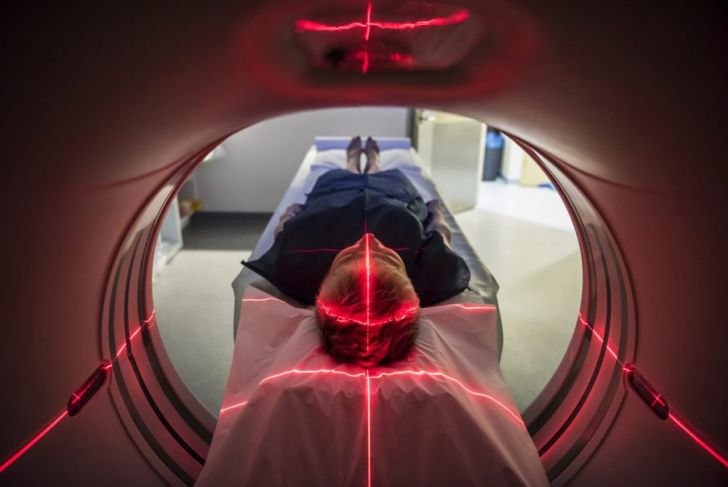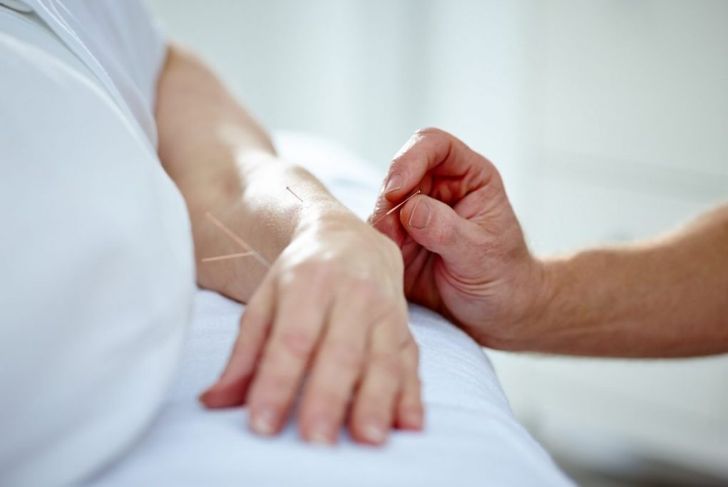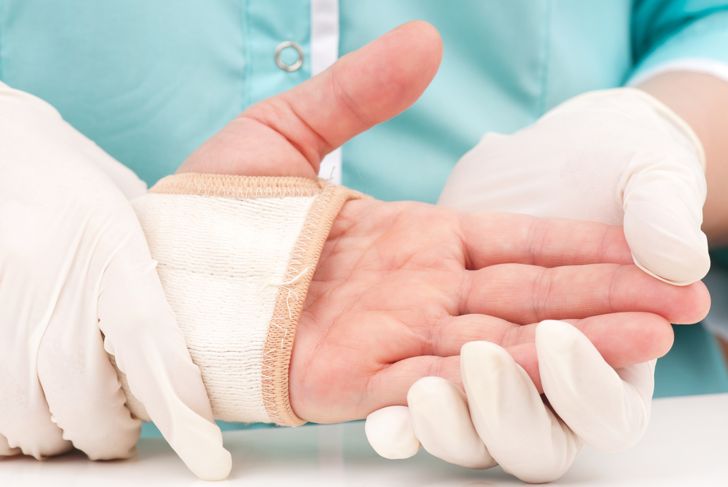Dystonia is a collective term used to describe involuntary body movements, tremors, and muscle contractions that lead to reduced motor skills. While some may experience these symptoms throughout their entire body, specific manifestations of the disease can affect only the hands and arms. “The yips” is a colloquial term used in athletics to describe the sudden inability to perform that seems to come out of nowhere. For a long time, most people believed the issue was purely psychological.
About the Yips
The term “yips” originated in the 1920s. It was used to describe a jerky motion of unknown origin, presumably born from weak nerves. In 1973, Steve Blass, star pitcher for the Pittsburgh Pirates, suddenly lost his ability to throw accurately, and his name became synonymous with pitchers losing fine motor skills. In golf, the yips usually manifests as involuntary wrist spasms during putting, and in cricket, bowlers lose their accuracy and form, much like pitchers. Doctors suggest that people with elevated stress, anxiety, and perfectionist tendencies are more at risk of developing the condition.
Task-Specific Focal Yips
Discovered in the 1800s, focal hand dystonia was considered a psychological disease akin to hysteria. In modern times, researchers found a more likely cause. We often take for granted the use of the hands in daily tasks. In the cases writers, illustrators, and musicians, the daily use of hand muscles is a factor in focal dystonia. The disorder can come “out of nowhere” and can manifest in cramping while writing, commonly known as writer’s cramp, or the inability to use the fine motor skills needed to create detailed artistic expression, such as manipulating instrument strings or keys.
Basal Ganglia
The basal ganglia are a cluster of tightly interconnected nerves responsible for muscle selectivity. They activate the right muscles to execute smooth movements ordered by the pre-frontal cortex. Focal dystonia causes an imbalance or deterioration that results in much or too little activity in the motor pathways that involve the basal ganglia. This results in an inability to move with precision.
Sensorimotor Cortex
The sensorimotor cortex in the brain is a combination of the precentral and postcentral gyri. Each gyrus is a fold in the cerebral cortex responsible for voluntary muscle movements. In a study of individuals with various forms of focal hand dystonia, muscles the cortex directly stimulated showed a stronger response than normal and a reduced ability to return to stasis afterward.
Somatosensory Cortex
The somatosensory cortex processes touch, pain, temperature, and body position data from receptors. When stimulated, the receptive field generates a neuronal response, which can manifest in the movement of certain fingers. In musicians with focal hand dystonia, scientists found cortical digital fusion, which can make certain types of finger movement challenging. They believe that overtraining makes musicians more vulnerable to the condition, which also affects finger sensation.
Role of GABA
GABA is a neurotransmitter that regulates communication between with the brain cells and nervous system. Too much GABA results in less brain activity, leading to daytime sleepiness. Too little means too many signals in the brain, which can manifest as epilepsy or mood disorders. For task-specific conditions like the yips, magnetic resonance testing found that GABA levels in the sensorimotor area were low, leading to unwanted motor activity.
Diagnosing Focal Dystonia
While symptoms range from mild to severe, the psychological association between the yips and the concept of “choking under pressure” can make diagnosis challenging. After a physical examination, where doctors rule out similar conditions such as carpal tunnel syndrome, a blood or urine test can check for other conditions that may mask focal dystonia. An MRI checks for tumors or lesions in the brain, and an electromyograph illustrates electrical activity in the muscles.
Remedies for the Yips
Treating the yips in golfers involves modifying technique, which changes the muscles they use to put. In some cases, using a different putter that places less stress on hands and wrists allows more use of the arms and shoulders and creates stability for the hands. For other athletes, biofeedback, acupuncture, and heat or cold compresses alleviate pain. Because this type of task-specific dystonia is partly psychological, integrating relaxation exercises can reduce fear and anxiety, while increasing concentration. If the muscle contractions continue to be too strong, doctors may recommend botox injections to limit them.
Therapies
Physical and occupational therapy can improve function. A splint can stabilize the wrist and hand to improve control. Along with that, doctors may opt for drug therapy, starting with muscle relaxants. They may also prescribe anticholinergics, drugs that block the action of the neurotransmitter acetylcholine, which causes muscle contractions.
Severe Cases of the Yips
If all other types of therapy don’t work, doctors may recommend a couple of last shots at relief. Deep brain stimulation involves implanting electrodes in the brain to control contractions. A surgical option that requires greater care is cutting out the problematic nerves. This is a radical and final line of support.

 Home
Home Health
Health Diet & Nutrition
Diet & Nutrition Living Well
Living Well More
More

